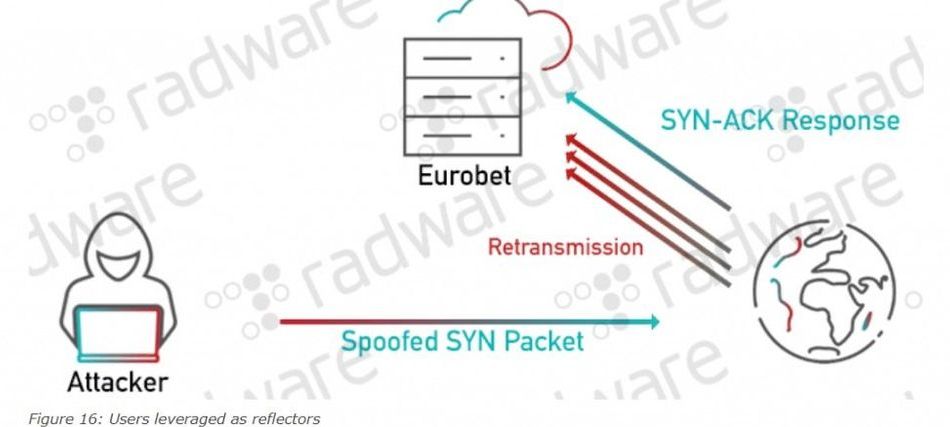Carol has been suffering from back pain for 30 years.
Her MRI revealed disc degeneration, facet arthritis and nerve involvement.
Like most patients with chronic back pain she had seen multiple doctors including a spine surgeon. Carol had various treatments like opioids, physical therapy, chiropractic manipulations, epidural injecions even ablation of the arthritis nerves in our clinic. Unfortunately they were not successful.
Carol finally decided to have stem cell therapy. This was a one time procedure. After taking her OWN bone marrow stem cell from the back of her hip, we centrifuged and concentrated them.
These concentrated stem cells were then precisely injected with the help of x-ray guidance into her Discs, Facet and Sacro-iliac joints.
Now 4 months later, not only her pain is significantly better but more importantly she is more functional. Based on our experience, patients like Carol who respond to stem cell therapy tend to get long term pain relief for many years.







